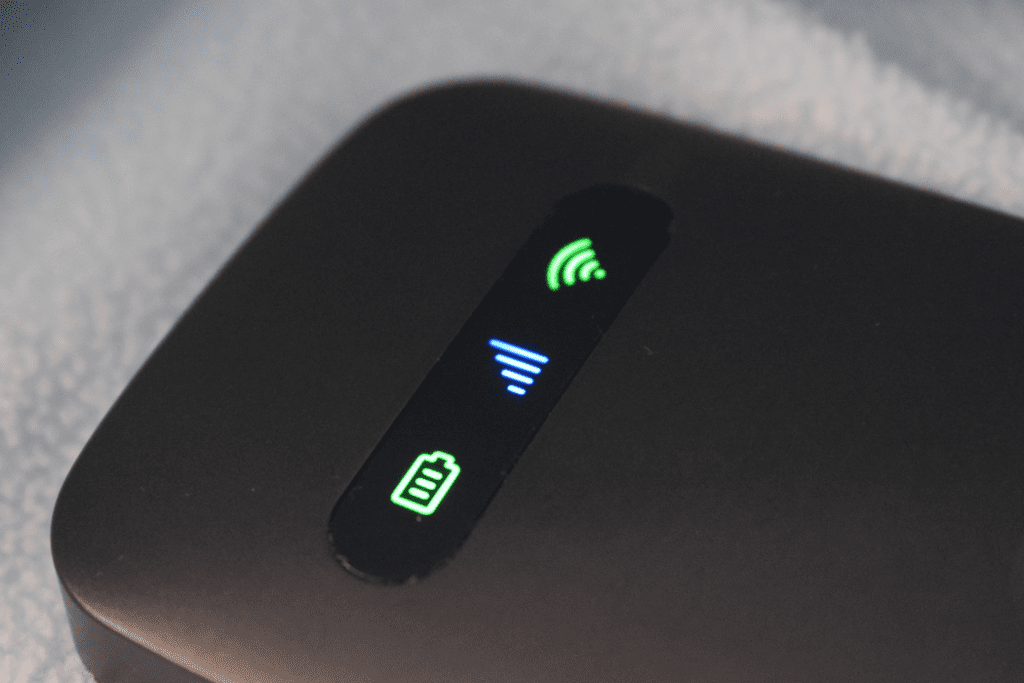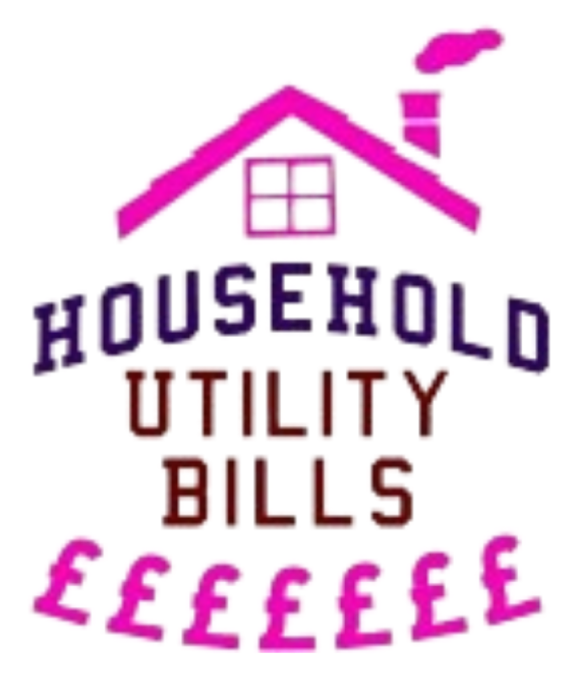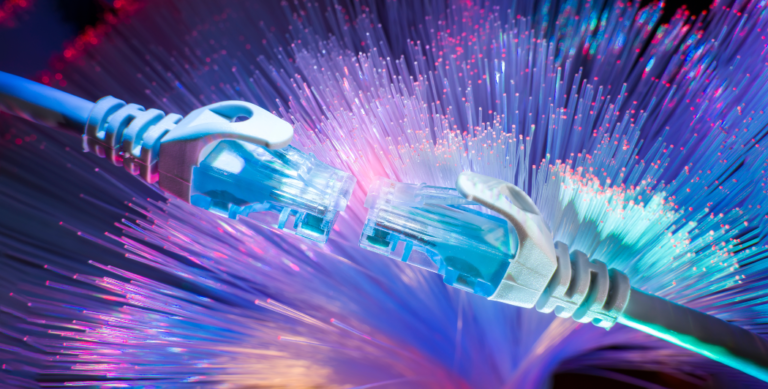In understanding all about broadband, a few basic terms remain fundamental. For example, broadband refers to an ICT (Information and Communication Technology) platform that allows high-speed Internet connection. In addition to speed, broadband can also offer functionality and technology.
Most people associate broadband with high-speed Internet access – which is correct – but it can also be used for other purposes. Satellite-based broadband services may broaden access around the world.

Broadband is an overall measurement of how fast data can be transferred. It’s often measured in bits per second, the smallest unit of information that can be transferred by a computer. The term is sometimes referred to as megabits per second (Mbps), because one byte equals 8 bits.
Similarly, bandwidth is a measure of how much data can be transferred in a given time period. But how does speed relate to functionality?
Definitions of broadband speed are difficult to use because they differ from country to country and even among international organisations. In the United States, for example, the definition of broadband speed is 256 kbit/s, while in Canada, it’s 1.5 Mbit/s.
This distinction can be problematic since the definitions do not keep pace with changes in technology and application requirements. As such, they must be revised regularly. In addition, the speed definitions do not always reflect current conditions.
Besides satellite technology, other forms of wireline broadband can also be used to deliver connectivity to users. Cable modems and digital subscriber lines are common examples. However, fibre technology is considered the fastest type, with speeds up to 100 Mbit/s.
Understanding All About Broadband: Dial-up
Dial-up internet has been around since the 1980s, initially via public providers and NSFNET-linked universities. In July 1992, the first commercial dial-up connection was launched by Sprint. But what are the disadvantages of dial-up? Basically, it is a slow, unreliable way to browse the Internet. Although the speed is adequate for basic web browsing, dial-up speeds are not fast enough for video streaming HD content.
What is Broadband? Connection? Broadband Tutorial: Video
To use dial-up internet, you need a telephone line and a telephone number. The modem will then dial the telephone number and establish a connection. This may take a few seconds, but once the connection is established, you can browse the web.
However, it is important to note that this type of internet connection requires the use of a single phone line, so it is not recommended for households or businesses with multiple phones.
Nowadays, broadband connections are available at a much higher speed, ranging from several megabits per second to 1 GB per second. However, the speed varies from company to company, and residential/ household broadband services usually provide much faster downstream and upstream speeds.
The first dial-up connections offered speeds of 256 kbps, but now users can experience speeds of up to 100 Mbps. Moreover, broadband services still use copper wires from PSTN.
However, dial-up internet connections are no longer available in the UK. BT shut down the last dial-up internet connections in September 2013. BT has since switched over to fibre-optic cable, which delivers download speeds up to 18000 times faster than dial-up.
Understanding All About Broadband: DSL
DSL is an abbreviation for Digital Subscriber Line. It refers to how a computer connects with the Internet at high speeds via telephone lines.
Before we dive into the differences between DSL and broadband, we need to understand their basic functions. First, DSL uses modulation of high-frequency carrier waves (AMWs) for analogue signal transmission.
The signals end up at modems where the signals are modulated into patterns of bits. They are then demodulated and passed on to the interfaced equipment. Once the receiver receives the signal, it can process the bits and determine whether they’re used or not.
Today, most types of DSL require a signal splitter to be installed. This requires a trip by the phone company to install the device. Other DSL types require the use of a splitter, such as “DSL Lite,” “G.Lite,” “Universal ADSL,” and “Splitterless DSL.” Different types of DSL use different modulation techniques. Different DSL modem manufacturers use Discrete Multitone Technology (DMT) or Carrierless Amplitude Modulation (CAM).
The primary difference between DSL and broadband is their installation. DSL is relatively easy to install, while broadband requires a technician for fine-tuning. Broadband is more complicated and requires a phone jack and remotes, which can make it more expensive.
However, if you’re looking for a low-cost internet connection, DSL may be the best choice. The average monthly fee for DSL is much lower than that of broadband.
DSL is the most cost-effective and basic internet connection. It offers faster speeds than a dial-up connection. DSL speeds range from 256 Kbps to 100 Mbps. Internet providers offer packages based on the speed you need.
A high-speed internet connection is required for businesses that use cloud services. DSL and broadband differ in their speed, be sure you understand your specific needs before making a decision.
Understanding All About Broadband: Fiber Optics
If you’re looking for a broadband connection, you’ve probably heard of fibre optics. Basically, fibre optic cable runs from a network hub to your home or business. Then, your internet connection will come through the same cable as other connections. This type of connection is known as Fiber to the Home (FTTH) or Fiber to the Premises (FTTP). You’ll find fibre optic cables in apartment buildings, homes, and businesses.
Fibre optic wires are extremely thin pieces of glass or plastic. They’re used in internet connections to carry virtual data at incredible speeds. They work by converting digital signals into light impulses and carrying them to far-off locations.
That means they’re fast, convenient, and reliable. For that reason, fibre optic internet option is the fastest way to go. It is becoming an increasingly popular choice for broadband connections. If you need fast internet, fibre is the way to go. It’s not only faster but offers more bandwidth.
While fibre broadband connectivity has a few benefits, it’s not perfect. Copper cables lose their data-carrying capacity after a hundred meters. That means fibre broadband will bottleneck/ restrict future demands as you continue to use your internet. For example, in a few years, we’ll likely be watching 4K videos, which is four times the resolution of 1080p video, and 8K video, which is sixteen times higher than that. And, there are streaming services available that feature these resolutions.
Understanding All About Broadband: Fixed Wireless
When choosing between fixed wireless and broadband services, make sure to look for a plan that offers high speeds and customisable features. While some fixed wireless providers charge steep installation costs and monthly service fees, others require contracts that can last for years.
Look for plans that include unlimited data and fast upload and download speeds. In some cases, contract-free plans are available, and you may be able to customise your plan by choosing your own equipment and service provider.

When comparing fixed wireless and broadband service providers, you’ll notice a significant difference. Fixed wireless does not rely on mobile networks, but instead connects to existing internet infrastructure using small stations similar to satellites. Fixed wireless networks are faster than 4G, and have lower latency/ delay.
In rural areas, it is sometimes hard to find broadband services. But the technology does exist to provide high-speed broadband service to rural areas. If you’re looking for high-speed internet, fixed wireless is the way to go.
Fixed wireless is a great alternative to cable Internet. You can get the same speeds as cable Internet, but you don’t have to worry about trenching fibre or expensive cable to reach your home or office. It provides the most flexibility and speed for businesses. The cost of fixed wireless is similar to that of residential broadband, but it is not as expensive. In addition to being cheaper, fixed wireless is also more reliable and offers better customer service.
Understanding All About Broadband: Mobile Broadband
Mobile broadband is a popular and versatile form of internet connection. It is a popular choice among light internet users but is not right for you if you need to use a high amount of bandwidth.
Besides, mobile broadband connections may not be reliable when it comes to coverage issues. And if you plan to use mobile broadband at home, it is likely that your requirements will grow over time. Therefore, it is necessary to understand the limitations and potential advantages of this type of broadband connection.
Mobile broadband packages typically have data allowances that range from 500MB per month to unlimited. While lower tariffs cost less, some users may find them insufficient.
Moreover, it is advisable to test the service by signing up for a 30-day plan first. Once you know how much data you need to download or upload, you can opt for a more appropriate plan. This way, you can know for sure whether you need a higher or lower monthly allowance.
Using mobile broadband services will let you access the Internet wherever you are. Even though there are different types of mobile broadband devices available, they all have the same basic functions.
You can buy a mobile broadband device that connects you to the internet, download files, and upload them. The price of mobile broadband devices and plans vary, depending on the area you live in.










